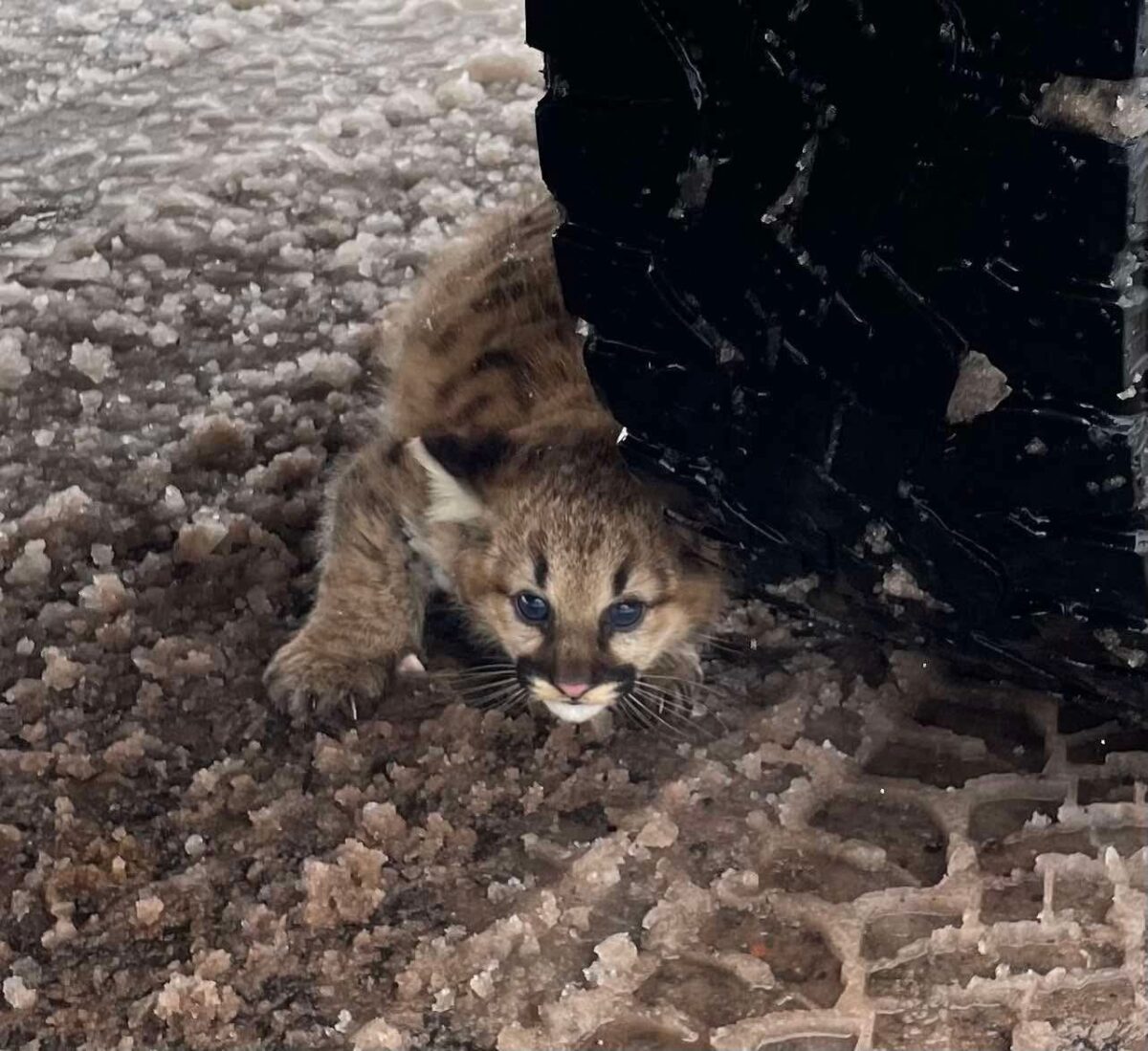Mountain lions migrate to Yuma area
Local wildlife officials have been looking for mountain lions on the Kofa National Wildlife Refuge for years, but no signs of the predators have ever emerged until now.
“I think it is very intriguing, the whole issue about species like this, that it has not been documented here in the 66 years that (the refuge) has been in existence,” said Paul Cornes, Kofa refuge manager.
Cornes said hunters reports of spotting the animals started trickling in around 2000. Mountain lions have been seen in the area, but up until recently, officials have thought they were just passing through.
Now, they are discovering their stay is becoming more permanent and they are making their first appearance on the refuge.
The presence of the animals have officials focused on researching where they came from, how they are moving, why they are here and what other animal populations they may be destroying, in particular Big Horn Sheep.
On Nov. 17, the refuge stated that its Big Horn Sheep population had declined by more than 50 percent from 812 in 2000 to 390 in 2006.
Cornes says officials are currently studying the mountain lions effect on the sheep, but are uncertain which is contributing more to the decline the mountains lions or the drought.
“They certainly could be contributing to it,” Cornes said. “I don’t think there is enough information to say they are the most significant factor.”
Cornes said there are at least five mountain lions on the refuge enough to try to open the refuge for the first time to hunters.
Mountain lions have been spotted in the area since 2000, and could be hunted on the surrounding southwestern wildlife management area, which encompasses state and federal land spanning from Yuma to Lake Havasu to Dateland but it excluded the refuge. Only one mountain lion can be killed annually in the southwest area, which Arizona Game and Fish Department officials say is home to at least 10 mountain lions. The southwestern portion includes portions within the Bureau of Land Management and the Army’s Yuma Proving Ground.
The refuge is taking its first steps to permit hunters to shoot the predators on its land, which includes final federal approval. Cornes expects the approval and season to begin in October 2007. He said the refuge now has enough mountain lions to permit hunting, and still sustain its population.
Chris Mitchell, a member of the Yuma Valley Rod and Gun Club, pins the Big Horn Sheep decline on the mountain lions.
“They may not want to admit to having a mountain lion problem, (but) that is basically why the hunters around this region are wanting that,” Mitchell said.
But waiting on the federal final approval to hunt the mountain lions on the refuge is not the hard part, according to Mitchell it’s hunting them.
“Trying to get a mountain lion out here in the desert is almost impossible,” Mitchell said. “It is just very hard to hunt. It is just a very elusive animal.”
© Copyright 2006 YumaSun.com



 Facebook
Facebook Twitter
Twitter Send Email
Send Email


